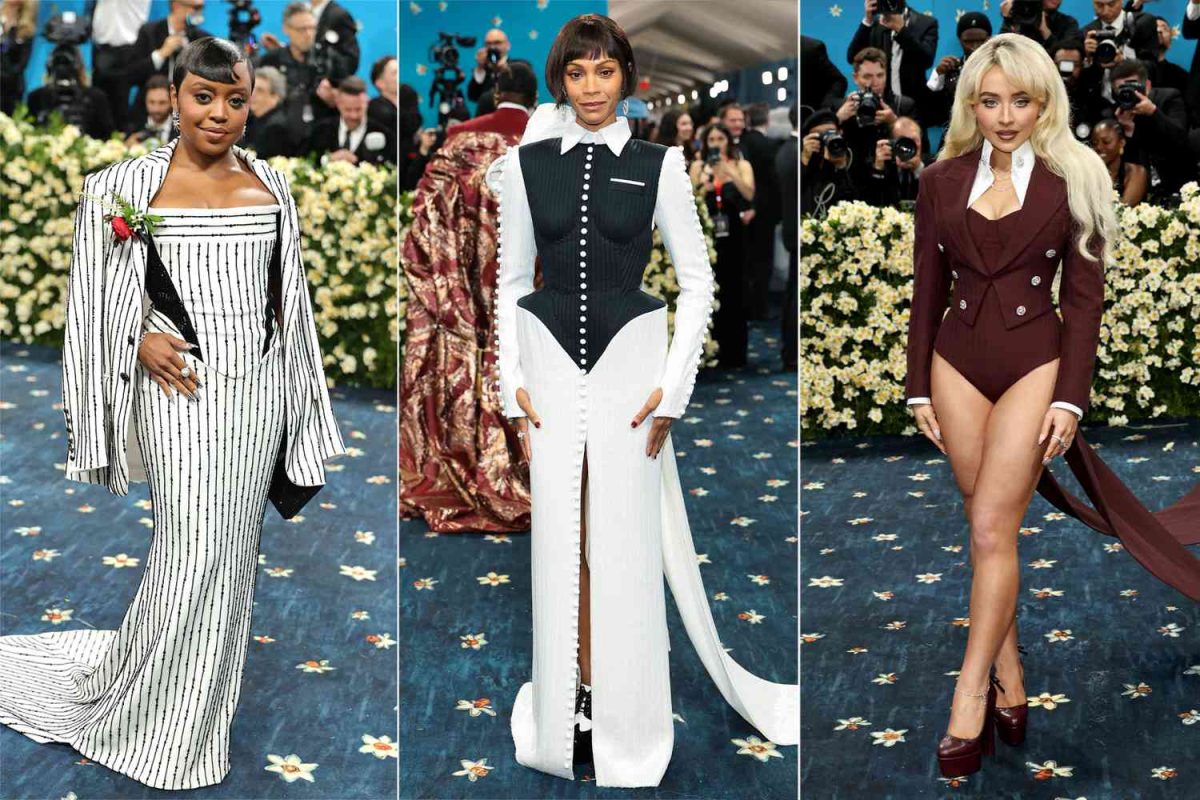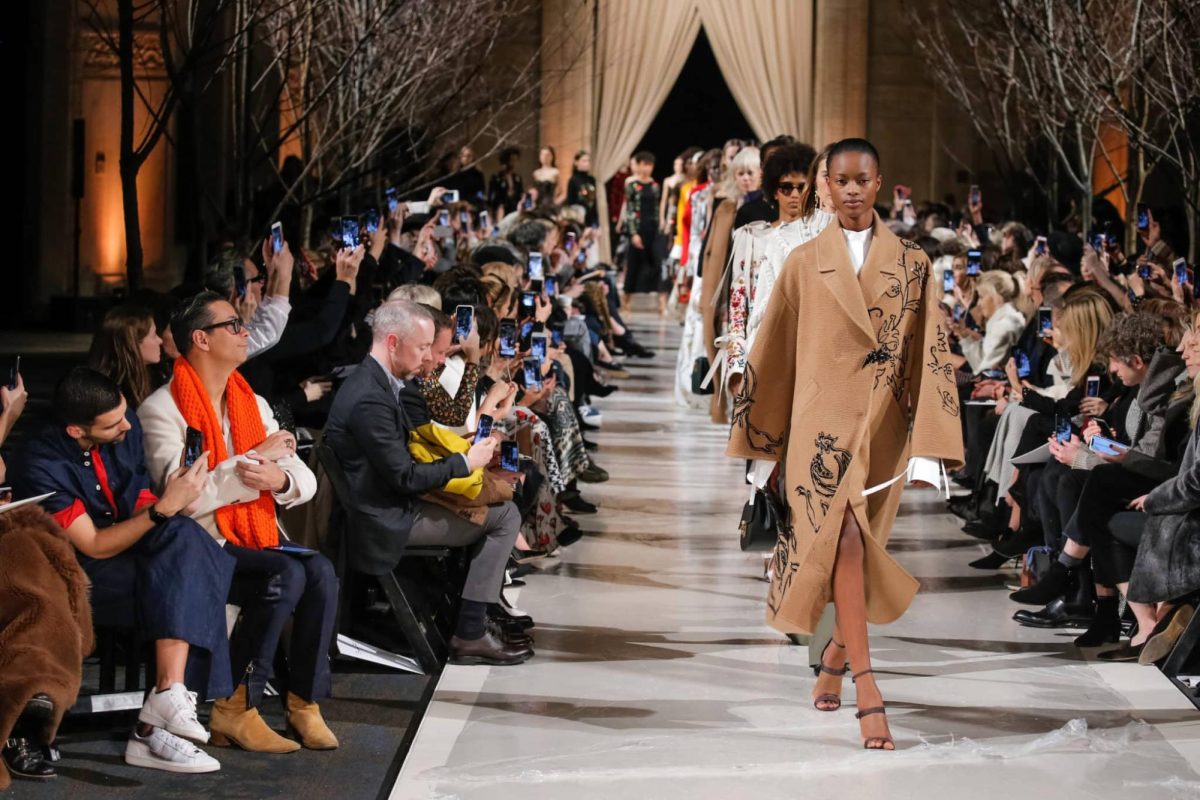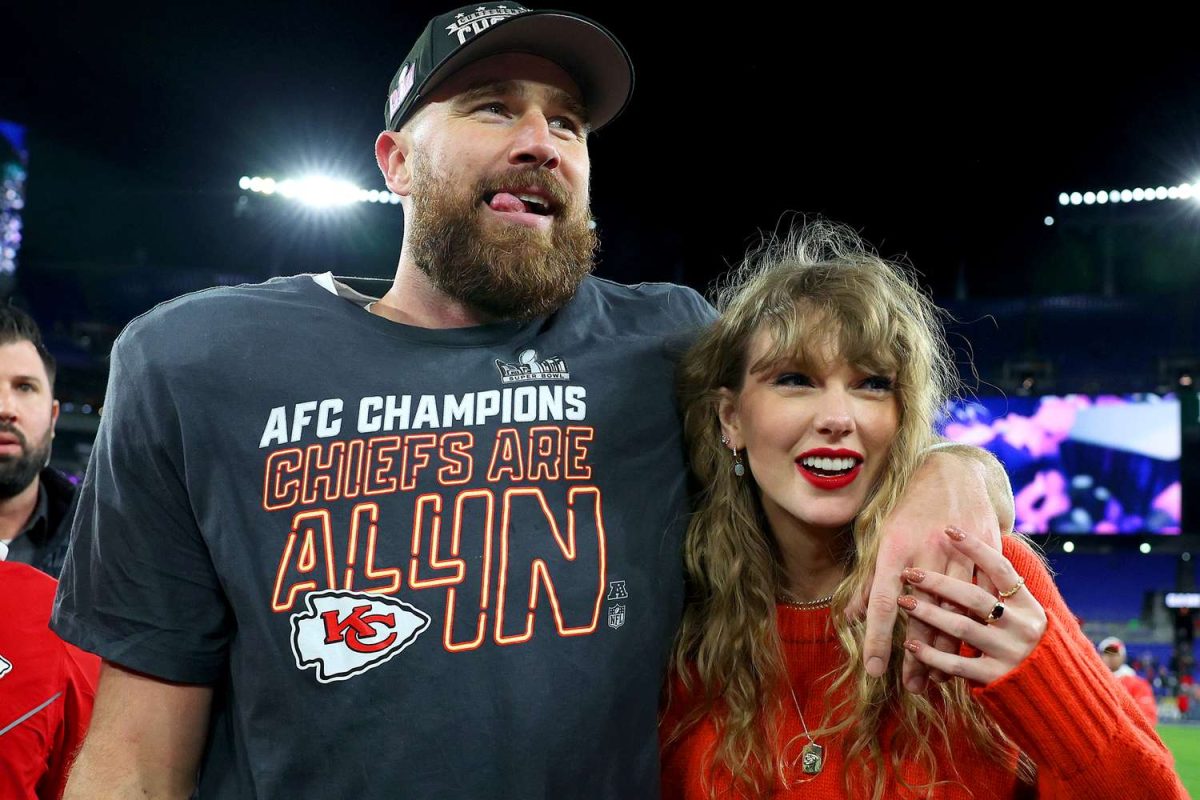Beneath the Barbie film’s glittery, plastic exterior lies a classic moral revamped through the lens of a distinctive protagonist. Unlike the typical portrayal of a strong female lead, Stereotypical Barbie’s is hyper-feminine. However, her appearance does not detract from her abilities, for it serves as only a superficial facet of her nuanced identity. Barbie differs from other media in its attempt to establish that all girls can be strong, regardless of how they present themselves.
Barbie resonates deeply with female audiences, and it is now trending across all of social media, raking in over $200 million within its first week of release.
Barbie’s flamboyant style also adds to the hype around the film: it has drawn crowds of costumed fans into theaters. Audiences appreciate Barbie’s style because, despite being her most recognizable quality, her fashion does not diminish her as a hero.
The idea that appearances provide little indication of an individual’s character is a recurring theme in Hollywood. Barbie is an unusual champion of this message, as she defies the idea that traditional femininity is conventional or even shallow. Appearing “girly” can be portrayed as weak in the film industry, as proven in characters such as Glinda (Wicked) and Charlotte (The Princess and the Frog). This messaging has encouraged some girls to scorn femininity, prompting a “pick me: I’m not like other girls” movement.
Additionally, some have branded an overtly feminine appearance as an adherence to traditional notions of how ladies should look and behave. The Barbie doll was a victim of such criticism, condemned as offensive in its stereotypical presentation of a woman. Margot Robbie’s character refutes these accusations, stating that “No, Barbie’s not a bimbo. Barbie is a doctor, and a lawyer, and a senator, and a Nobel prize winner” (Gerwig 2023).
Appearing hyper feminine does not mean a woman is incapable, nor that her only purpose is to be objectified. Barbie, both the doll and the character, is a leader. The film demonstrates that both she and any other individual’s accomplishments should not be overlooked for something as shallow as physical appearance. Anyone can be a hero, confronting the world’s problem in a sparkly dress and heels.
Barbie repackages a timeless moral for a new generation of girls. In a rapidly modernizing world, traditional femininity is sometimes spurned as an antithesis of feminism. But Barbie demonstrates that heroes are diverse in their appearances, as looks are too shallow to provide insight into character. Instead of dismissing others based on the manner in which they present themselves, one should be judged based on their actions.
Agnes Irwin, as an all girl establishment, fosters community among women. Students employing the film’s message of looking beyond the surface could further strengthen their bonds with one another by emphasizing the importance of relationships, thereby making the school a more tolerant place for all. Barbie empowerment is female empowerment.









